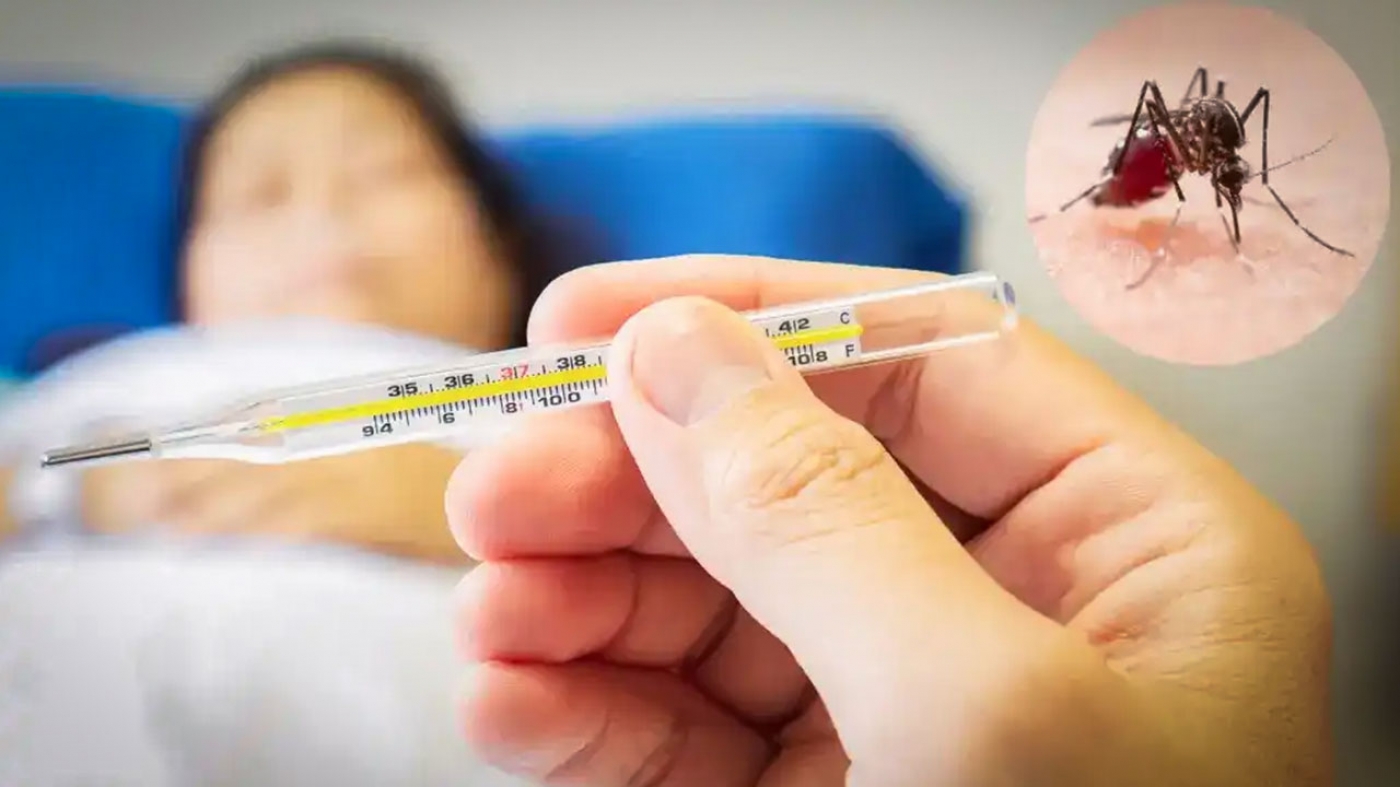Dengue fever, often referred to as "breakbone fever," is a viral infection transmitted to humans through the bites of mosquitoes carrying the dengue virus. There are four distinct types of this virus, and the disease manifests with high fever, severe muscle and joint pain, headaches, skin rashes, and sometimes nausea and vomiting. Despite its widespread prevalence, particularly in tropical and subtropical areas, there is no specific treatment for dengue fever. Patients are generally advised to rest, maintain fluid intake, and use antipyretics and pain relievers to manage symptoms. Prevention largely relies on avoiding mosquito bites and controlling mosquito populations.
Enter nanotechnology, a field brimming with potential in the battle against dengue. Researchers are leveraging nanotechnology in various aspects, from diagnosis to vaccine development. Recently, a research team achieved a breakthrough in vaccine production by utilizing recombinant protein compounds encapsulated within polymer nanoparticles. This innovative approach led to the creation of a vaccine that successfully induced immunity in laboratory mice. The vaccine, which employed quadrivalent proteins encapsulated in PLGA (polylactic-co-glycolic acid) polymer, marks a significant step forward in the fight against dengue.
One of the most promising applications of nanotechnology in combating dengue is the development of Nano biosensors for early and rapid disease detection. Mylab Discovery Solutions, a prominent player in this field, recently developed two point-of-care diagnostic tests for dengue infection. These tests, a rapid diagnostic test using gold nanoparticles and a highly accurate dry luminescence assay, provide quick results in just 15-20 minutes without the need for specialized laboratory equipment. These tests are particularly valuable in resource-limited settings, enabling widespread dengue screening and aiding in the timely diagnosis of the disease.
These advanced diagnostic tools can differentiate between IgM and IgG antibodies, which are crucial for understanding the stage and progression of the infection. In cases of primary dengue infection, IgM antibodies become detectable around the third day after infection and can persist for 2-6 months. IgG antibodies, which appear around the seventh day of fever in primary infections, can remain in the body for years, providing long-term immunity insights.
In summary, the application of nanotechnology in dengue fever detection and prevention is proving to be a game-changer. From the development of innovative vaccines to the creation of rapid, reliable diagnostic tests, nanotechnology offers a powerful toolkit in the global fight against this debilitating disease. As research and development continue, the hope is that these advancements will significantly reduce the incidence and impact of dengue fever worldwide.




